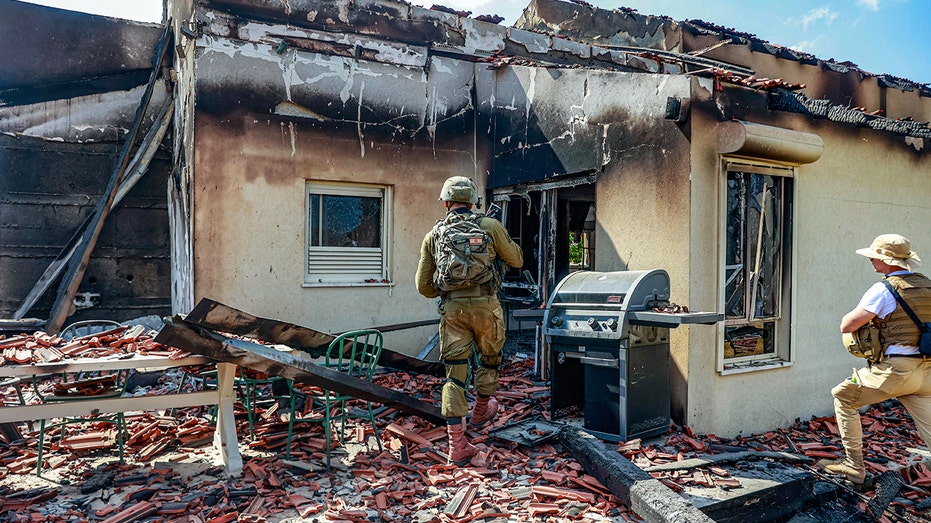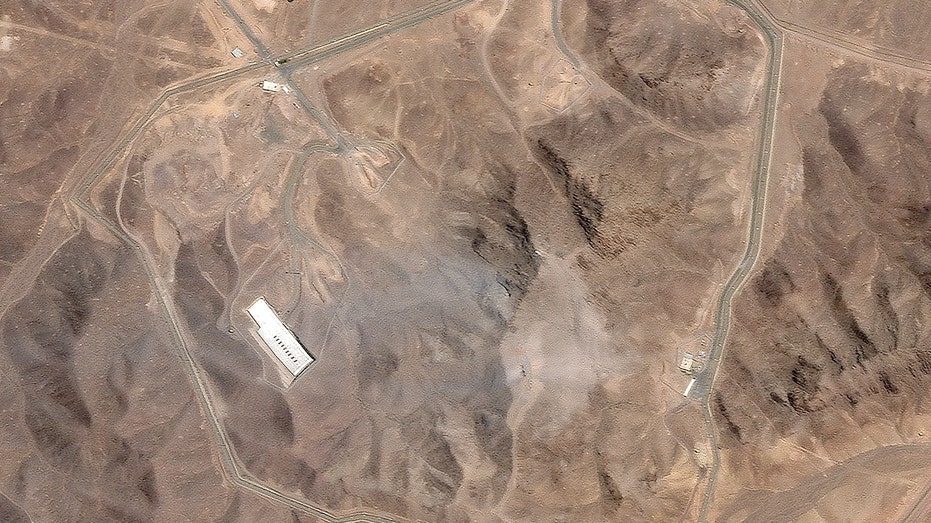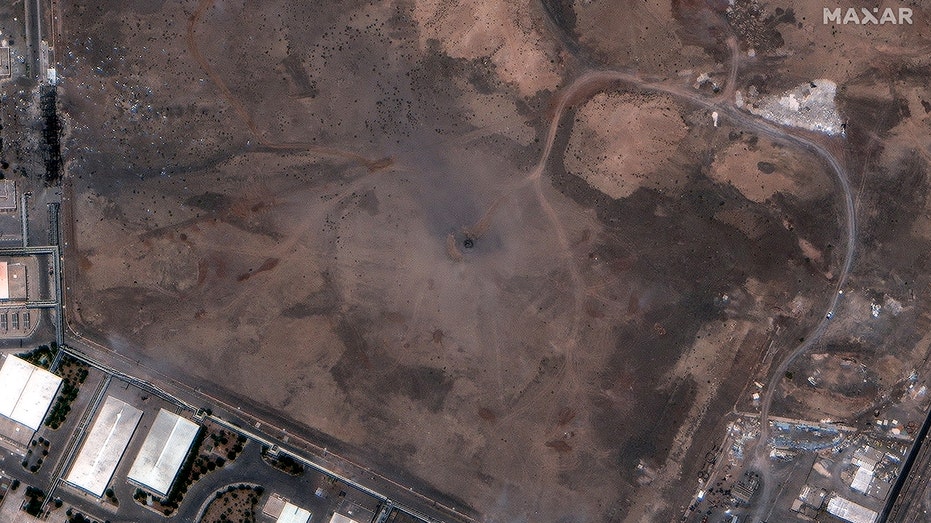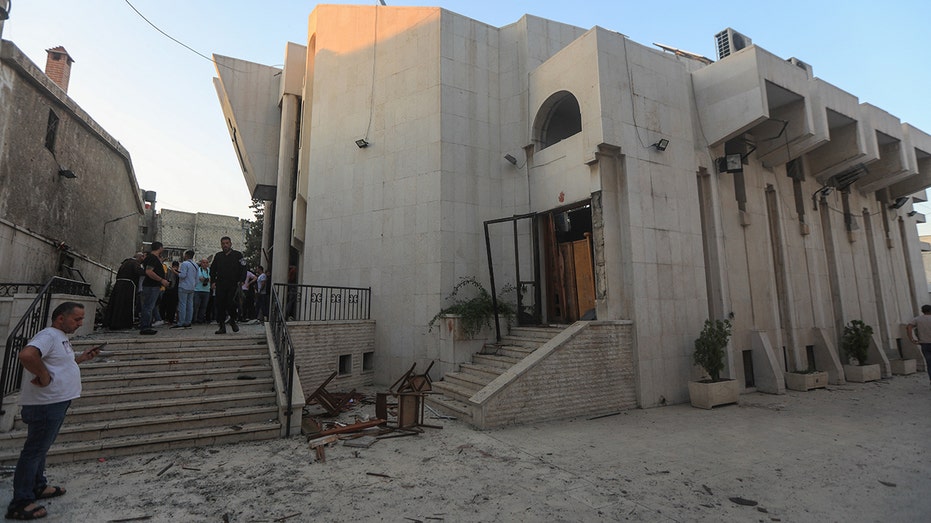IDF Report: Hamas Planned Oct 7 Attack for Years, Intel Failures Exposed

Sarah Johnson
March 1, 2025
4 min read
Brief
The IDF's investigation into the October 7 Hamas attacks reveals years of planning, major intelligence failures, and critical misjudgments that led to devastating consequences in Israel.
The Israel Defense Forces (IDF) has released its investigation into the October 7, 2023, attacks by Hamas, revealing a deeply disturbing picture of long-term planning and critical intelligence failures. The report, initiated in November 2023 and expanded in March 2024, details how Hamas meticulously prepared for the massacre over several years.
According to the IDF's assessment, between 5,000 and 5,600 militants infiltrated Israel in three waves, accompanied by a barrage of 4,696 rockets and mortars. The attacks resulted in the deaths of 829 Israeli civilians, 76 foreign nationals, and 415 security personnel. Tragically, 251 hostages were taken into the Gaza Strip.
The IDF report points to a "fundamental failure" in understanding Hamas's intentions and readiness for such a large-scale surprise attack. Hamas's planning began as far back as November 2016, with the formation of a "fundamental concept," followed by an "initial plan" in July 2017. The plan was approved in July 2019, and the operational plan was finalized in August 2021. A readiness committee was established in early 2022 to evaluate implementation options.
Hamas considered multiple dates for the attacks, including Rosh Hashanah and Yom Kippur, before ultimately choosing October 7, 2023, which coincided with Simchat Torah. The attack began in the early hours of October 7, with Hamas forces preparing around 11:00 p.m. on October 6 and concluding briefings by 4:00 a.m. on October 7.
The infiltration commenced at 6:29 a.m., with 1,154 members of Hamas's Nukhba forces breaching the security barrier. A state of emergency was declared by the IDF at 6:43 a.m., and the Israeli Air Force (IAF) followed suit at 7:10 a.m. By 9:00 a.m., approximately 3,400 militants were inside Israeli territory. Hamas military commander Mohammed Deif called on civilians in Gaza to join the attacks just before 8:00 a.m.
While the IDF managed to stop several of the "main attacks" by 1:00 p.m., hundreds of attackers remained in Israel until late into the night. The IDF says it gained control of some communities and surrounding areas by 9:00 p.m., but dozens were still present around midnight.
Prior to October 7, the IDF focused primarily on Iran and Hezbollah, considering Hamas a secondary threat. The IDF also assumed that it could contain Hamas's activity while working toward "gradually improving the existing reality." This led to the dangerous conclusion that a large-scale invasion was unlikely, a perception Hamas exploited to its advantage.
Another critical misconception was the IDF's belief that the main threat from Hamas was rocket and mortar fire from Gaza. This, combined with reliance on defense tactics and a barrier, as well as the reduction of troops on the Israel-Gaza border, led to catastrophic consequences.
The Intelligence Directorate failed to fully grasp or analyze the intel it had on Hamas's intentions. Since 2018, the directorate had been gathering information on Hamas's concept for a large-scale attack, but the plan was deemed unfeasible. In August 2021, intel described the plan for a large-scale attack on Israeli communities and military outposts, but intelligence officials failed to connect this new intel with what it had gathered in 2018.
Even with indications in the months leading up to October 7 that Hamas was carrying out training exercises for raids, this information was allegedly not communicated with senior leadership. On the evening of October 6, 2023, Israeli sim cards were activated inside Gaza, but this was dismissed as it had happened before. There were also indications that Hamas leaders were meeting, but these facts were not enough to change the Intelligence Directorate's assessment.
The IAF met its readiness standards, but these standards were insufficient to prepare for a large-scale surprise attack. The IDF admits that it faced "significant difficulty" distinguishing IDF troops, civilians, and terrorists from one another. The IDF also acknowledges that it did not prepare for anything like the brutal October 7 massacre.
In its conclusion, the IDF notes that the assessment of the situation in Gaza and regarding Hamas was so entrenched that there was no deep discussion about alternate possibilities. It now says that it was "incorrect" to try to "conflict manage" Hamas and, in the future, the removal of threats should be prioritized. The assessment also addresses the possibility of a future attack, saying that a preventative strategy will be key.
Topics
IDF investigationOctober 7 attacksHamas planningintelligence failuresIsrael securityGaza borderNukhba forcesMohammed DeifIsraeli Air Forcehostage crisisIsraelHamasMiddle EastMilitaryIntelligence
Editor's Comments
Honestly, the level of intelligence failure here is astounding. How could so many red flags be missed? It's a tragic reminder that underestimating your enemy can lead to devastating consequences.
Like this article? Share it with your friends!
If you find this article interesting, feel free to share it with your friends!
Thank you for your support! Sharing is the greatest encouragement for us.



